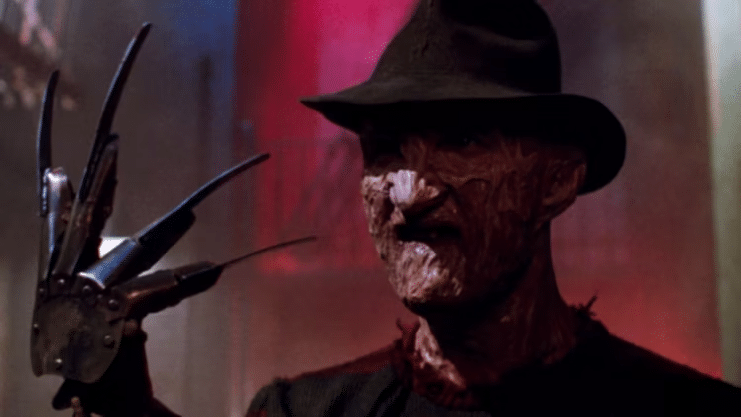
In an attempt to bring Freddy back to the big screen, Robert Englund suggests bringing the saga into the world of animation
When it comes to horror icons, Freddy Krueger occupies one of the top places on the genre’s podium, remaining an omnipresent figure in moviegoers’ nightmares since his debut in 1984 with A Nightmare on Elm Street. However, the slasher that once reigned supreme in cinema may be about to enter a new dimension: animation.
A new dawn on Elm Street
Although Robert Englund, the actor who brought Freddy to life in his early days, has retired from physically demanding roles, he hasn’t stopped thinking about how his character could continue to terrify new generations. Englund proposes something never seen before in the saga: turning A Nightmare on Elm Street into an animated film. This idea would not only allow Englund to return as the voice of Freddy, but would also open up a range of creative possibilities without the limitations of practical effects and tight budgets that often limited previous installments.
The possibility of an animated film offers a vast field to explore. The dream sequences, a central component of the saga, could take on even more surreal and terrifying forms, taking advantage of the freedoms that only animation can offer. Imagine a Freddy who not only changes shape, but manipulates dream environments at will, maximizing the terror.
Renewal of an icon
While the horror genre has seen many of its classic monsters revived, like Michael Myers in “Halloween” or the recent revival of “Candyman,” Freddy has remained noticeably absent from the big screen. Freddy’s last film appearance was in the 2010 remake, which received mixed reviews, underscoring the difficulty of replicating the charisma and menace that Englund brought to the character.

With the film rights finally settled, according to reports, and renewed interest in historical sequels, the timing could be ideal for Freddy to return in a way no one expected. Animated series like “Castlevania” have demonstrated that there is a robust market for mature, complex horror narratives in animated format, suggesting that audiences may be more than ready to embrace an animated Freddy.
Englund’s idea for an animated Nightmare on Elm Street could be just what the franchise needs to revitalize itself and explore new creative horizons. In addition to allowing for greater diversity in the dream sequences, it also offers the chance to explore Freddy’s psychology in depth, something that the limitations of the live-action format only touched on superficially.
From human nightmare to animated icon
From his humble beginnings in 1980s cinema, Freddy Krueger he evolved from a nightmarish killer in an American suburb to a ubiquitous cultural icon. His signature blend of horror and dark humor, along with an unmistakable gauntlet of blades, have firmly established him in the pantheon of horror. Unlike other villains of the genre who remain in the shadows, Freddy revels in the spotlight, often breaking the fourth wall with his sinister puns.
The proposed transition to the animated format could be compared to similar moves by others iconic characters of pop culture who have found new audiences through animation. This medium would allow us to explore invisible dimensions of his psyche and origins, delving into the lore of Via dell’Olmo in ways that the limitations of live-action cinema have never allowed. This expansion could transform the perception of Freddy, not just as a slasher, but as a character with a complex and multifaceted legacy.

A vibrant future for Elm Street
While genre purists may be skeptical of an animated Freddy Krueger, there’s no doubt that animation could offer new life to this iconic horror movie villain. With Robert Englund lending his voice, the project would not only retain the heart of the series, but could also appeal to a new generation of fans who grew up more on animation than the practical effects of the ’80s.
This turn to animation is not only an opportunity to continue the Nightmare on Elm Street saga, but also represents a bold and creative step forward, uniting Freddy’s terrifying past with a potentially innovative and terrifying future. The question that remains is: are we ready to see Freddy Krueger reinvent himself in a completely new way?